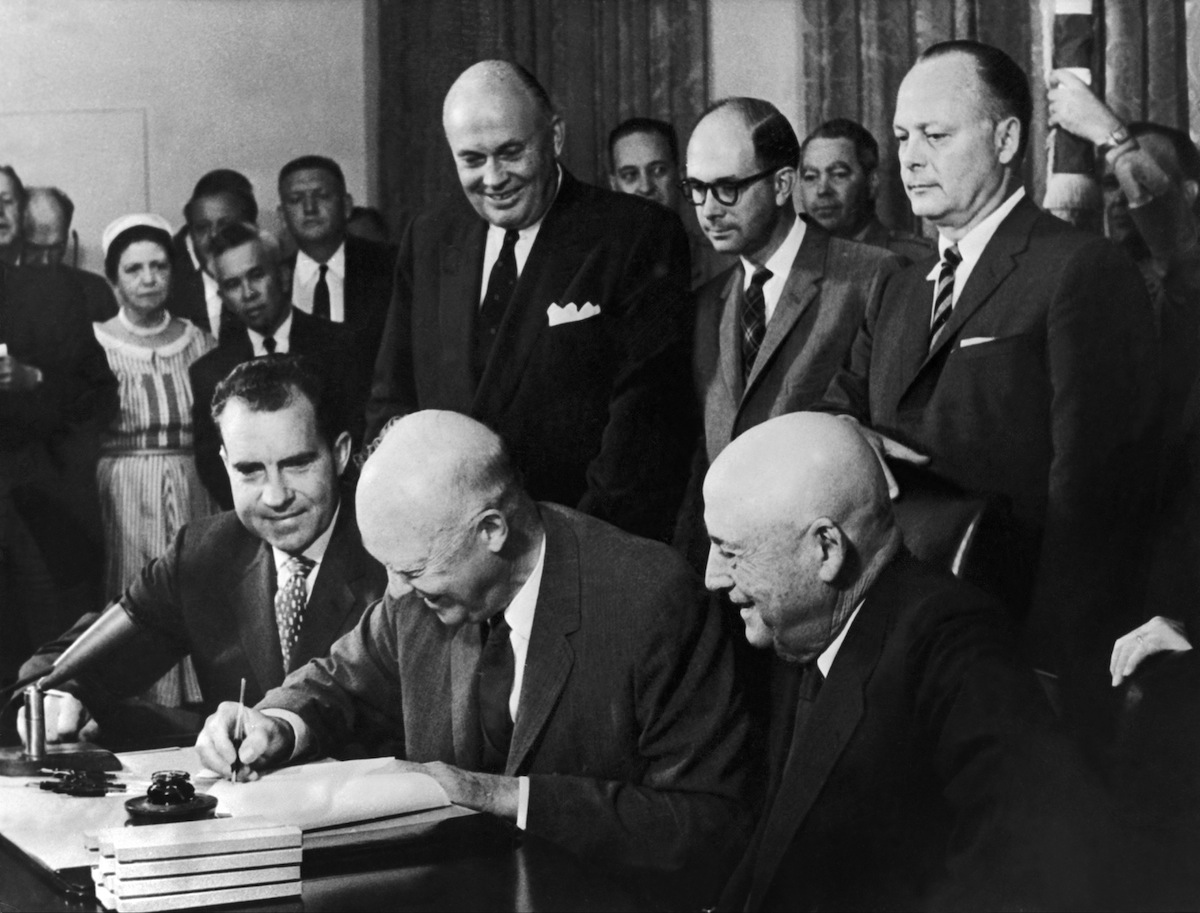
Mainland Americans have been making their mark on Hawaii — in ways both welcome and unwelcome — since the early 1800s, when Protestant missionaries first landed there and, per TIME, “devised a Hawaiian alphabet, soon printed a speller… promoted monogamy, [and] introduced the spare, hardy architecture of New England whaling ports.”
While the U.S. annexed Hawaii as a territory in 1898 under somewhat shady circumstances — and over the objections of many Hawaiians — by the 1950s most Hawaiians were in favor of being admitted as a state. When the state reached that milestone, on this day, Aug. 21, in 1959, just seven months after Alaska had joined the Union, Hawaii underwent immediate and radical change, largely in the form of unprecedented economic growth.
The cluster of islands that comprise America’s 50th state are some of the world’s most isolated: 2,390 mi. from the West Coast and 4,000 from Japan. But with statehood came a proliferation of commercial flights that connected Hawaii to the mainland and brought a massive influx of tourists.
Three days after Hawaii was admitted to the Union, Pan American became the first airline to provide jet service to the newest state, according to the Los Angeles Times. This convenience changed the face of Hawaiian tourism entirely. “The islands, which had been the playground of well-heeled visitors, most of whom traveled by ship, began welcoming middle-class travelers,” the LA Times notes.
As TIME reported in 1966, the years after statehood became a “jet rush,” in which the number of passengers arriving annually at Honolulu’s airport more than doubled — many of them vacationers who snapped up $100 tickets for the five-hour flight from Los Angeles or San Francisco. TIME observed:
No fewer than 18 airlines are begging the [Civil Aeronautics Board] to let them put new flights on the Honolulu route. Already, tourists spend $300 million a year, making tourism Hawaii’s largest civilian source of income, larger than the pineapple and sugar businesses combined. To accommodate them, some $350 million worth of hotel construction has gone up in the past five years. The boom has also created new jobs to absorb the unemployment created by automation on the plantations.
This jet-fueled increase in tourism was not Hawaii’s only area of growth. The state also saw a rapid expansion in light industry — companies producing “everything from muumuus to mirrors,” per TIME — and diversification in agriculture. The flurry of commercial activity led to a corresponding boom in development: In 1964, construction spending was up nearly 20 percent from the previous year, and included a $27 million high-rise on Waikiki Beach that was then the world’s largest single-unit apartment building, according to TIME.
Additional projects included a $14 million business complex in downtown Honolulu as well as freeway expansions and new planned communities. Other signs that 1964 was a banner year for the Hawaiian economy, by TIME’s account: “Four new mattress factories have been opened, and Schlitz is about to build a 100,000-barrels-a-year brewery near Pearl Harbor.”
Read more from 1959, here in TIME’s archives: Hawaii: The Big Change
Hawaii Melting Pot, 1945
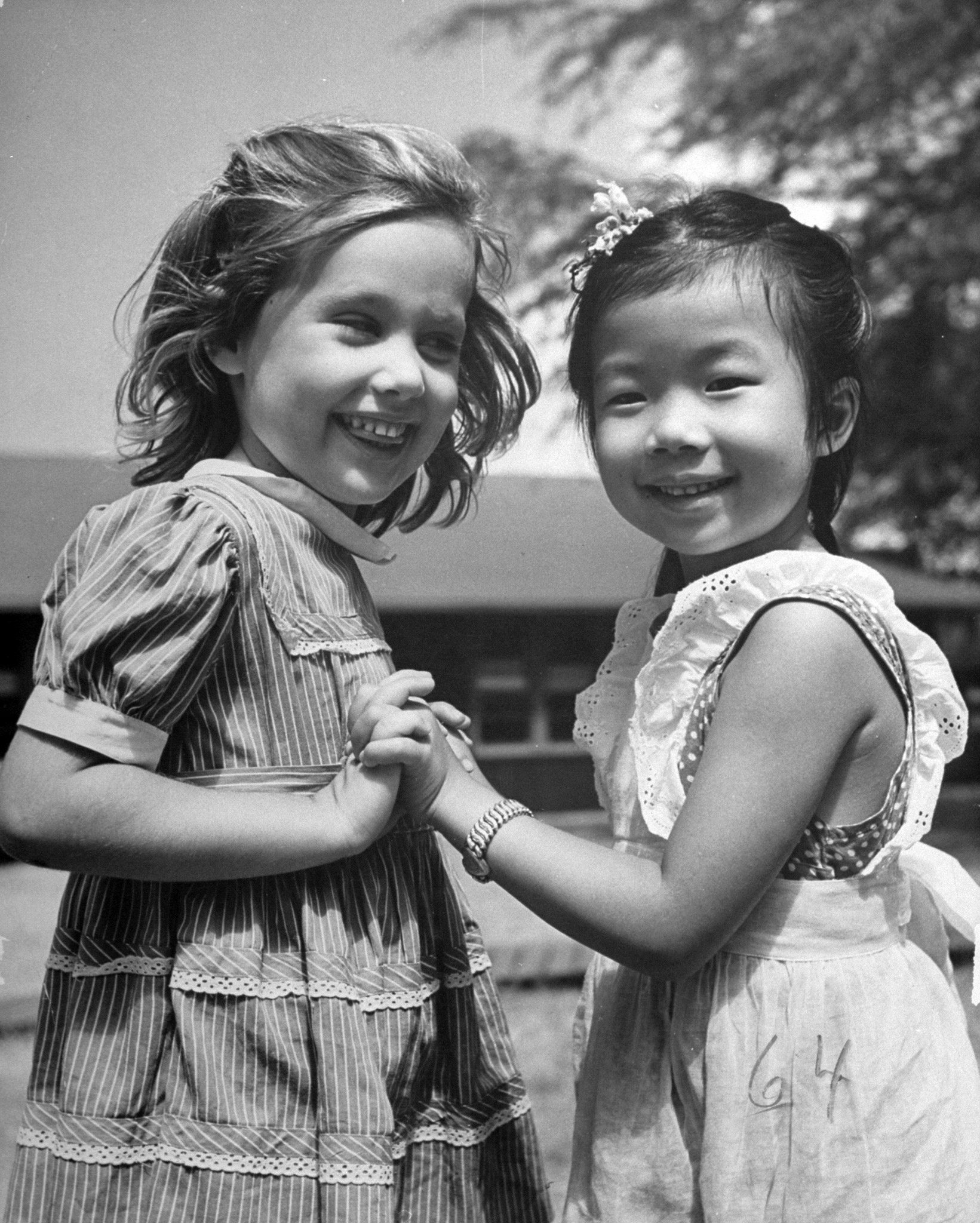
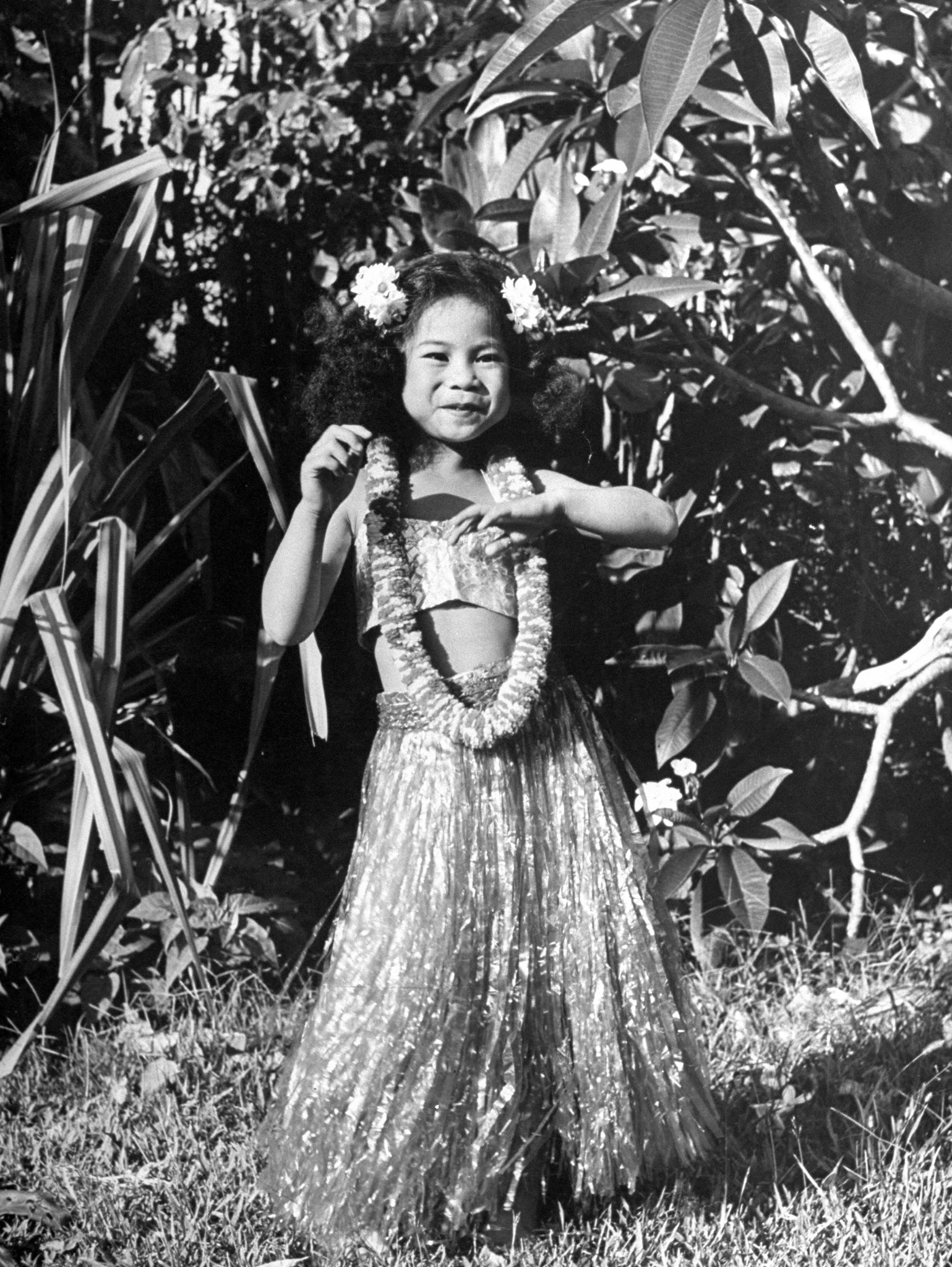
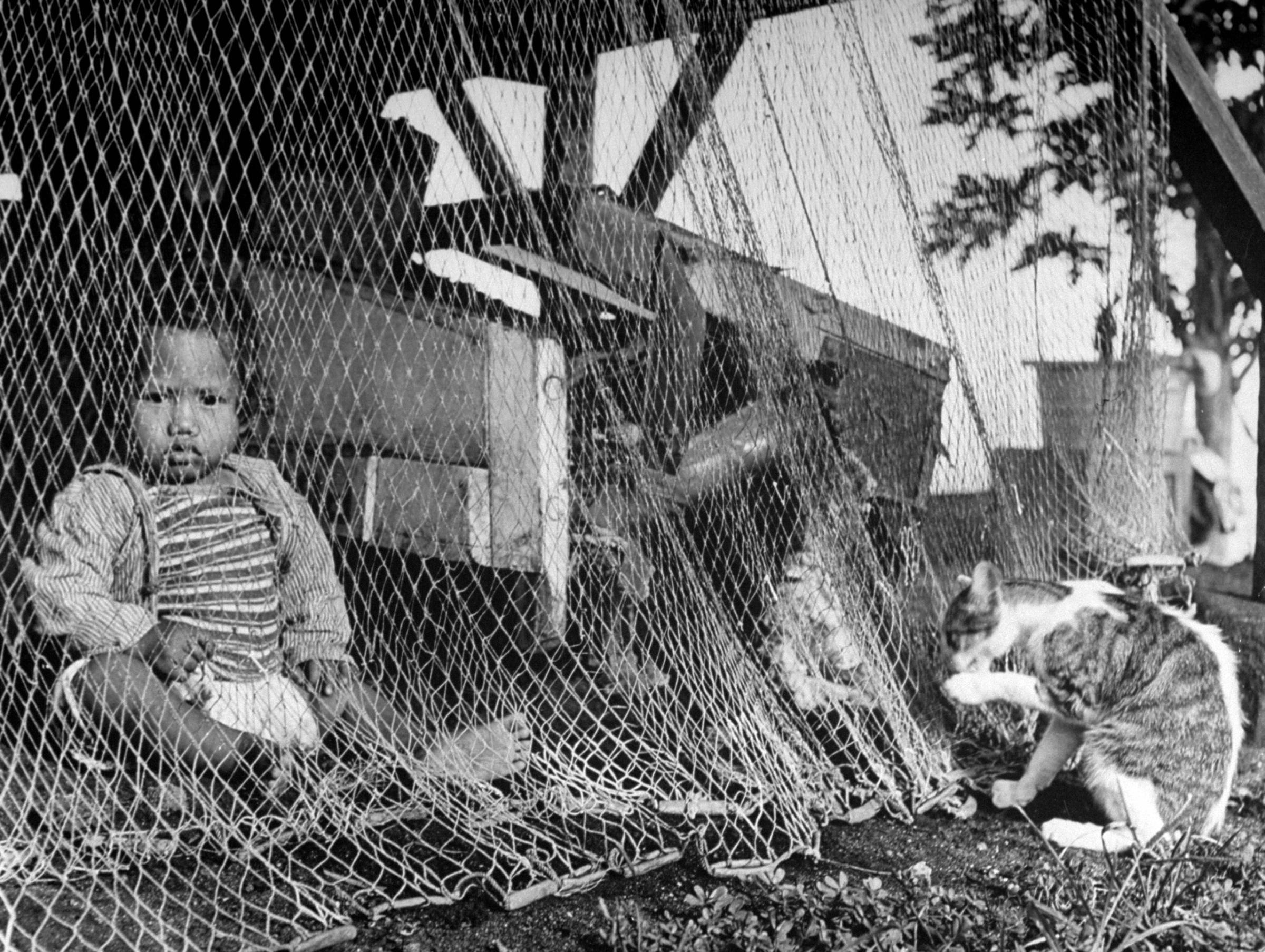
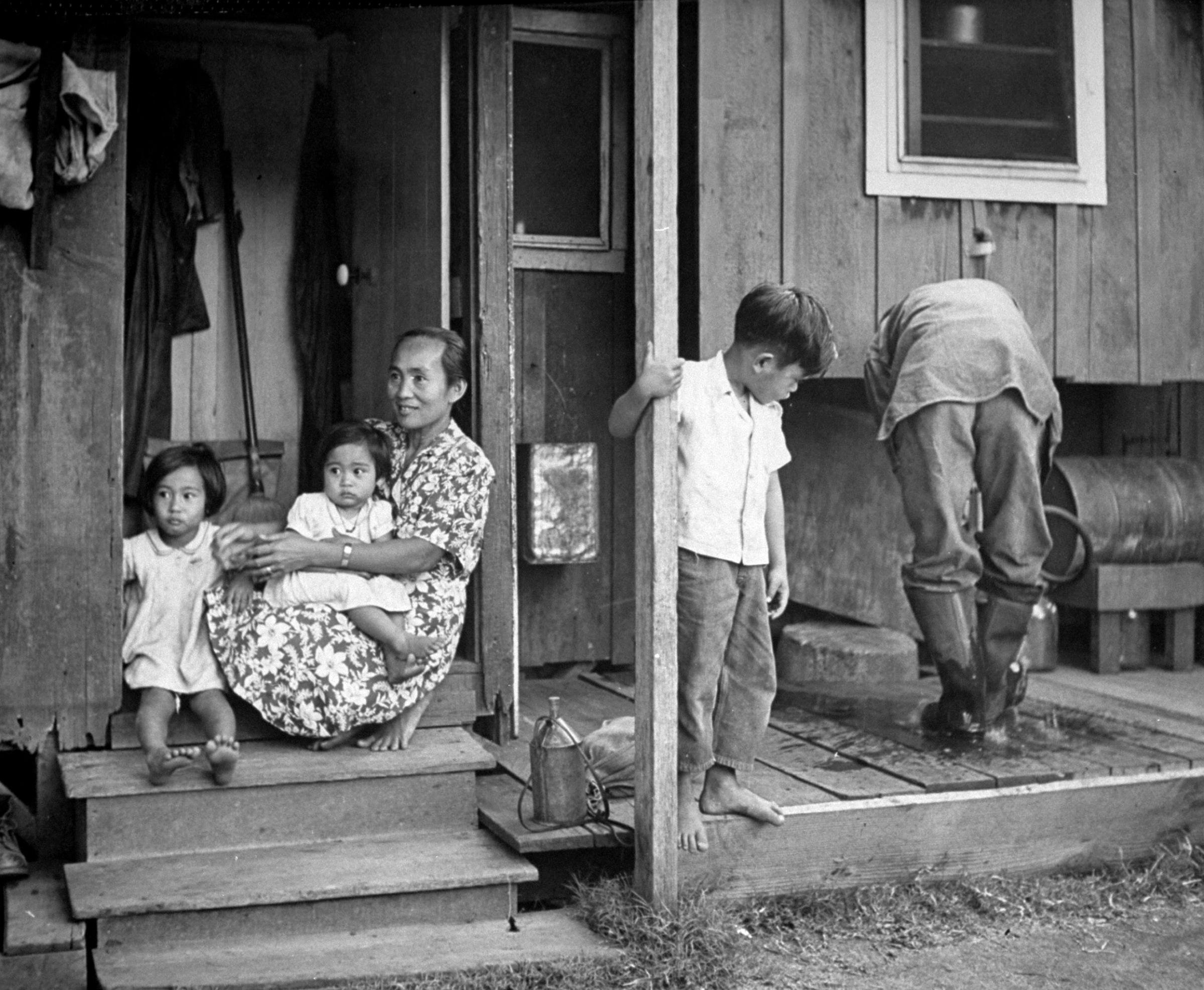
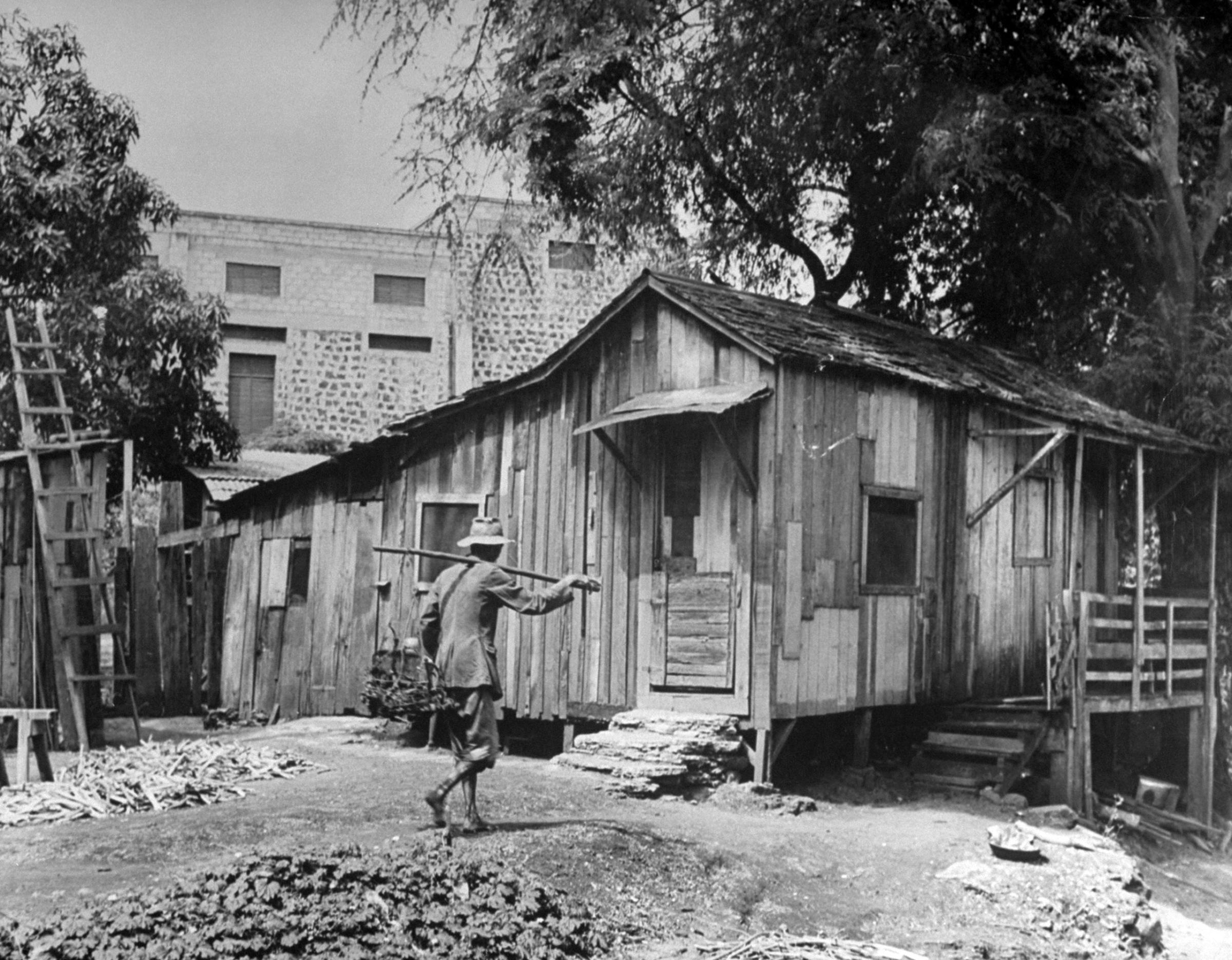
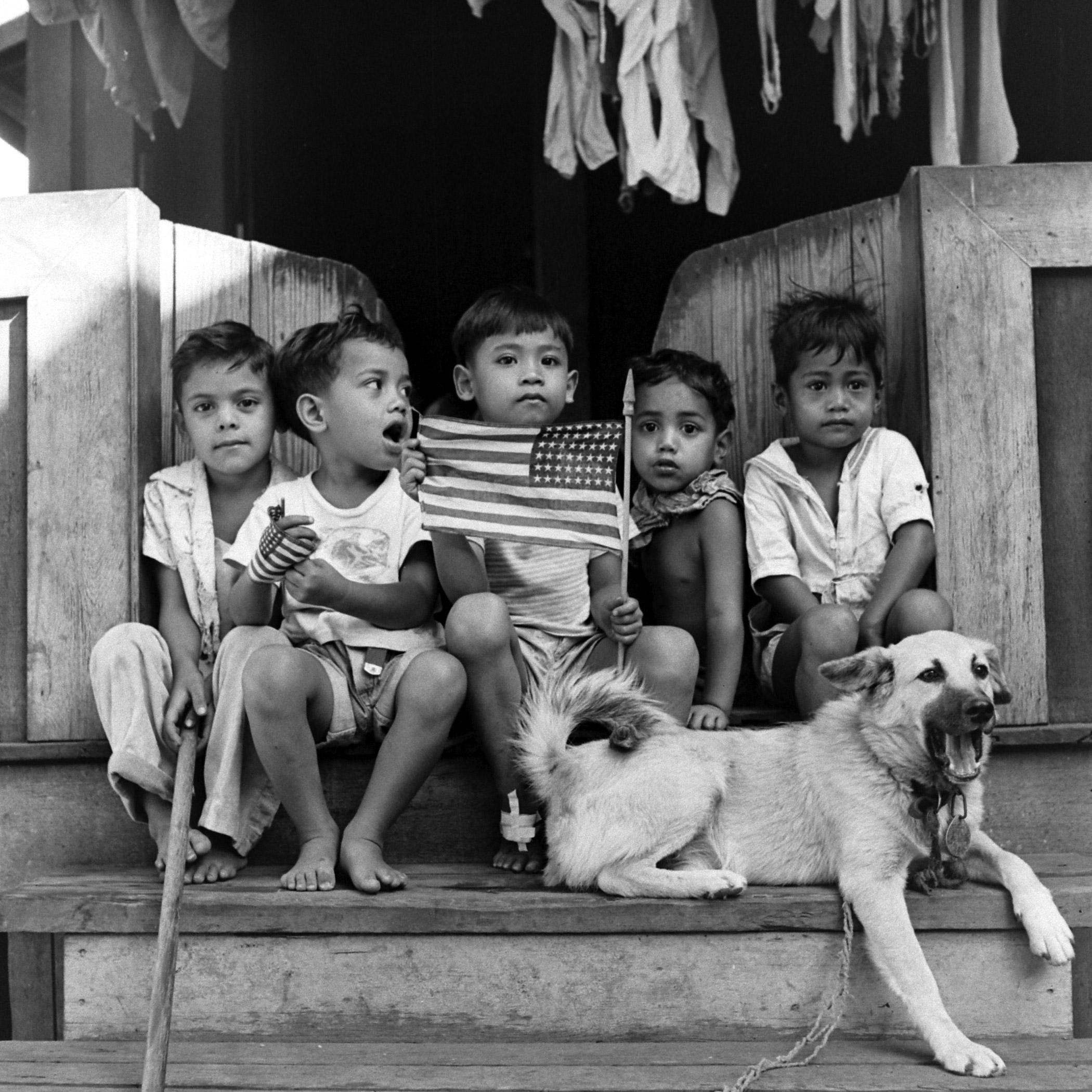
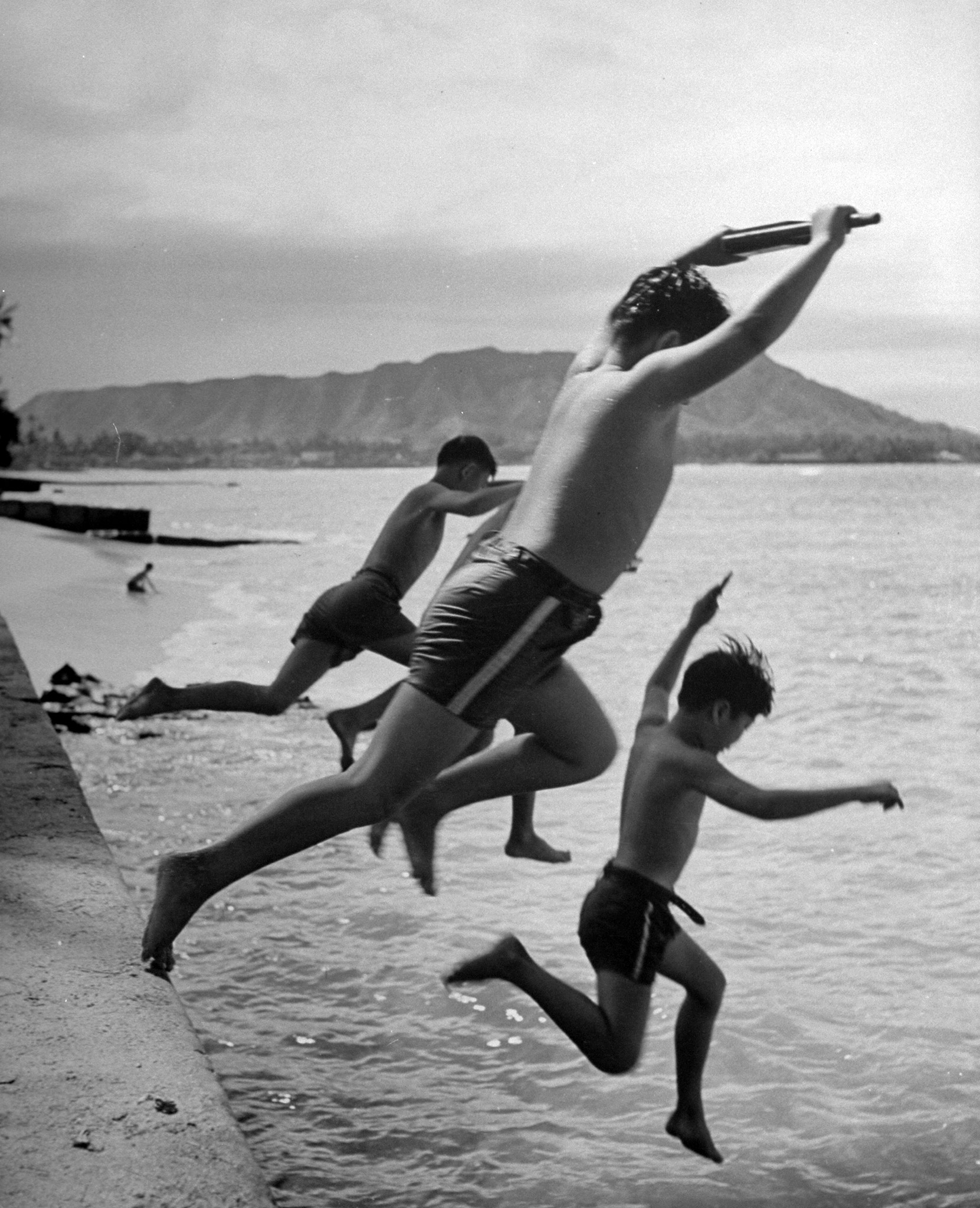
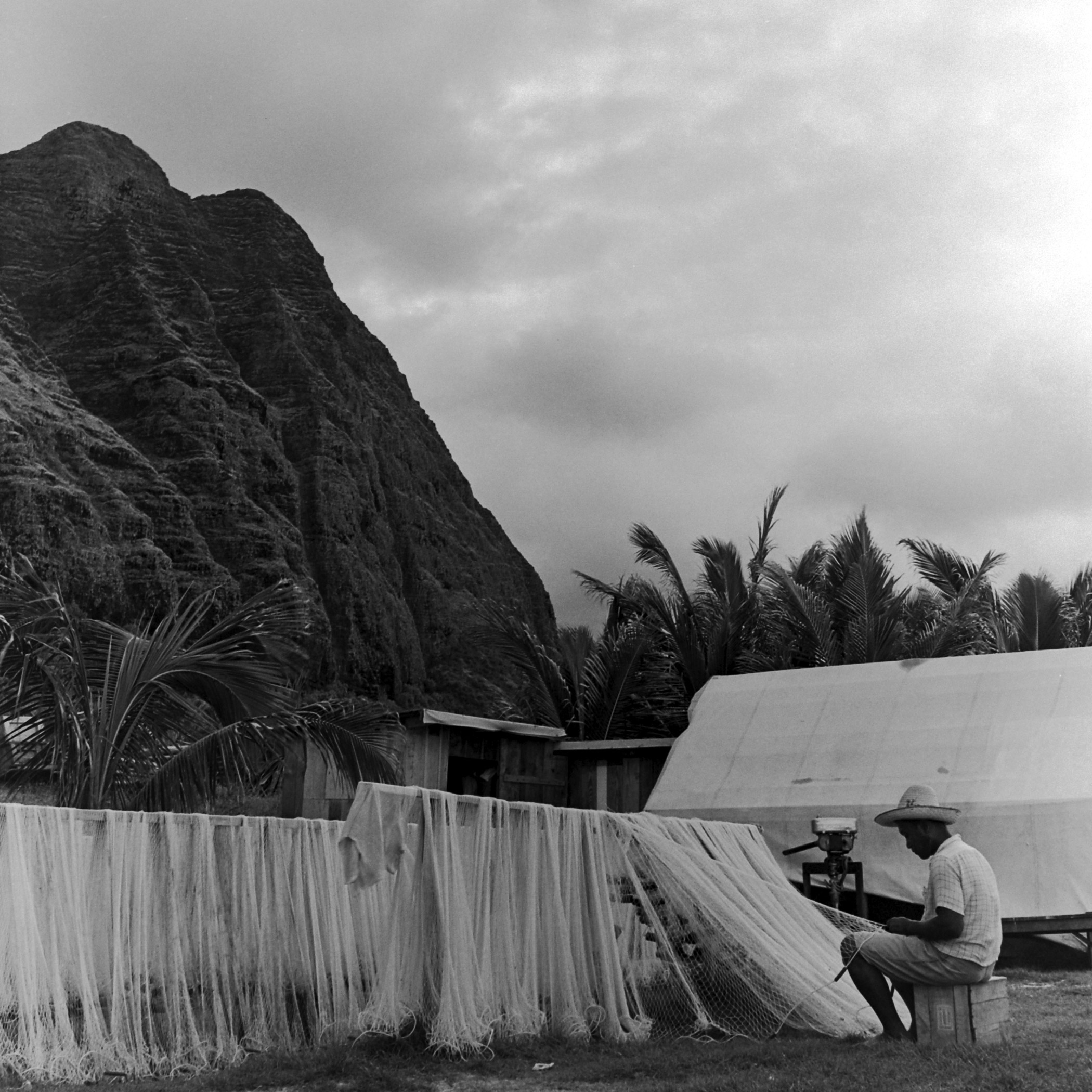
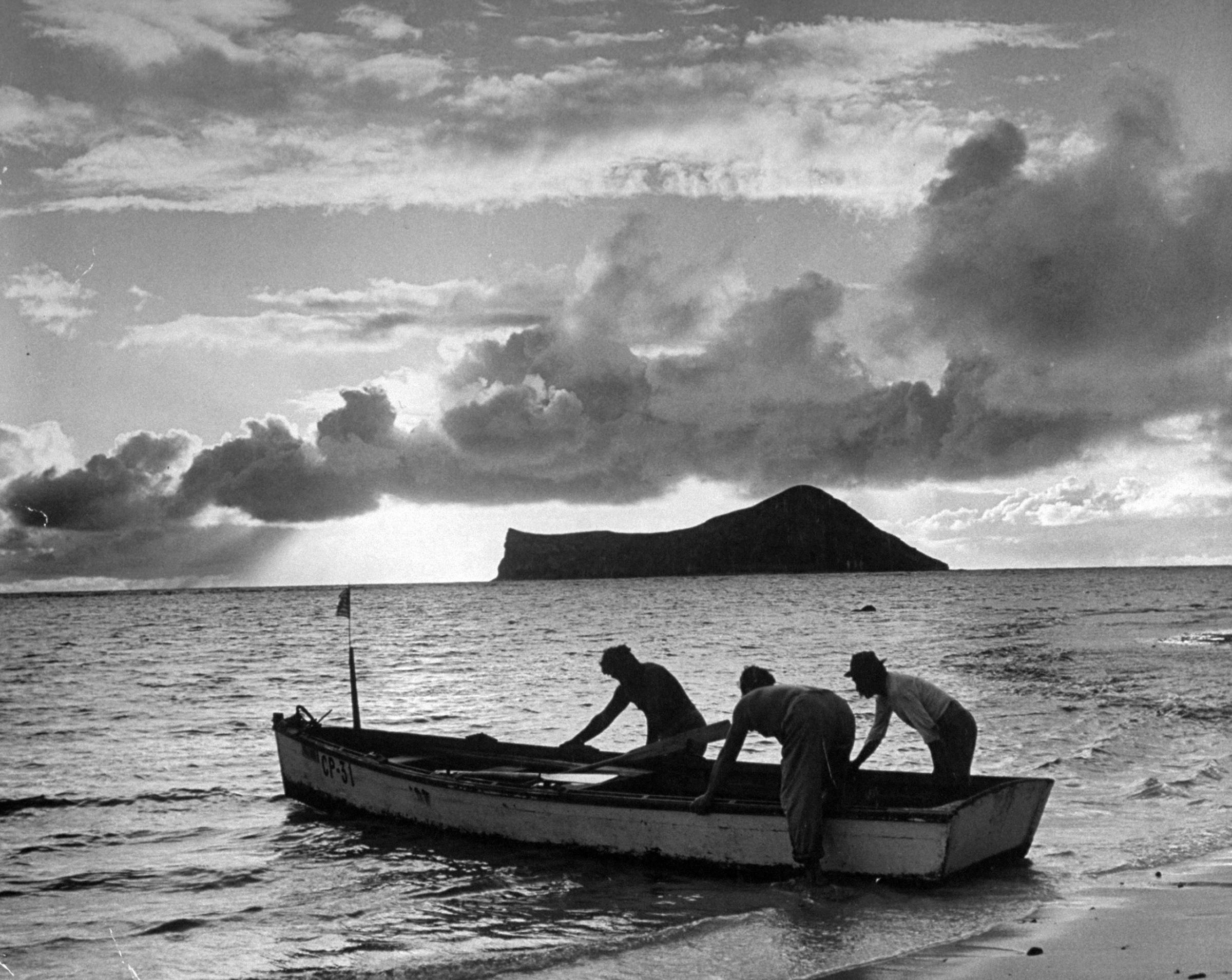
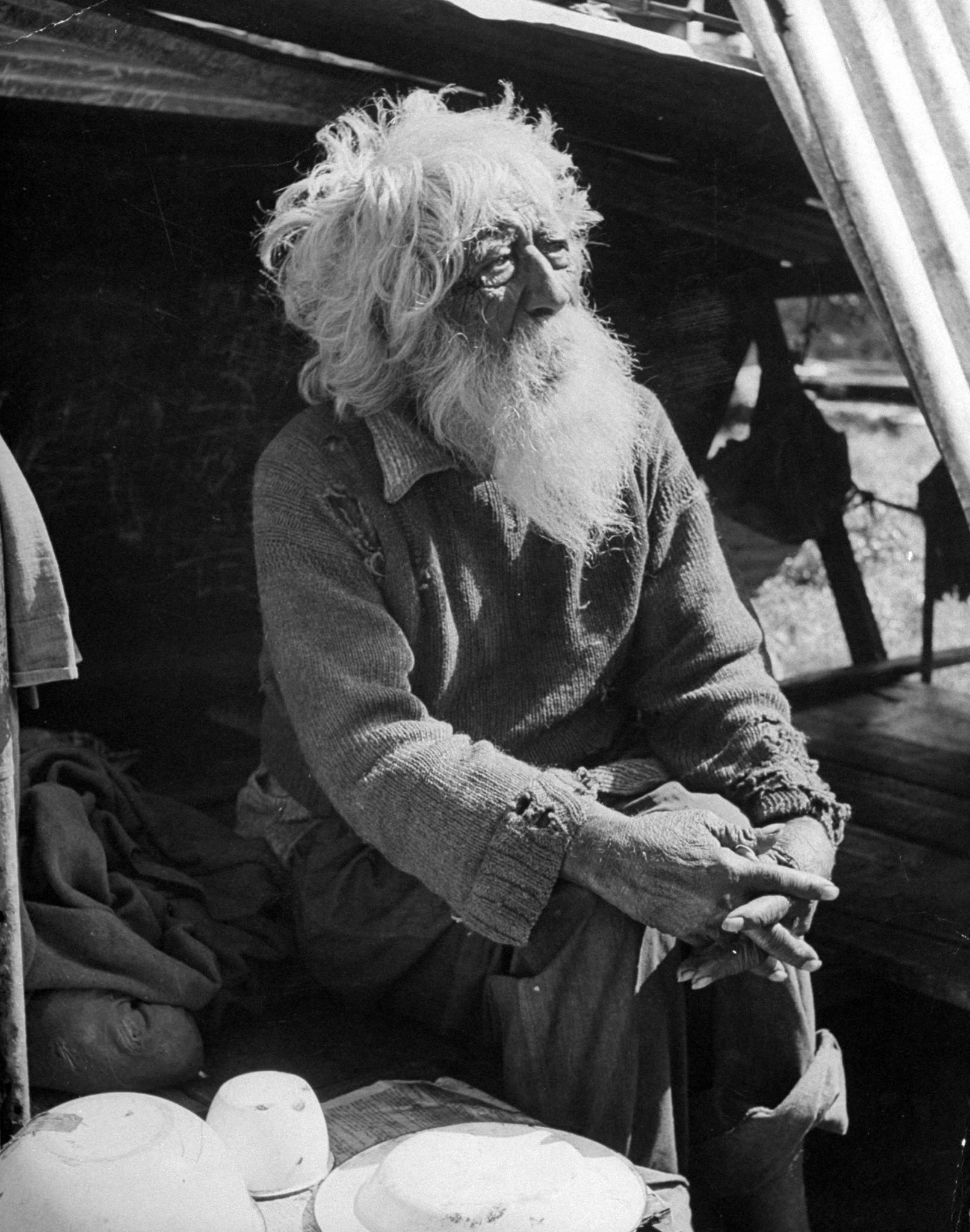
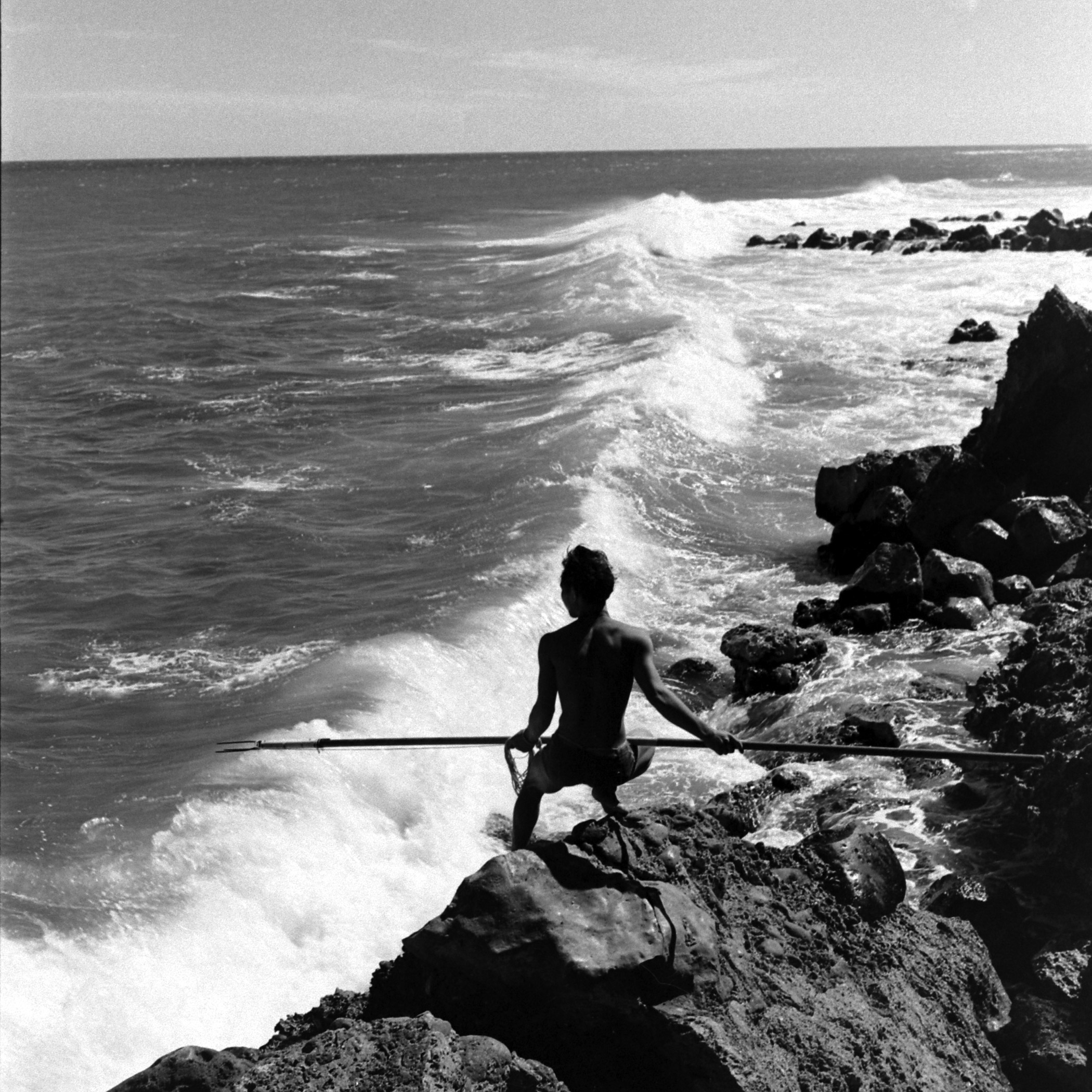
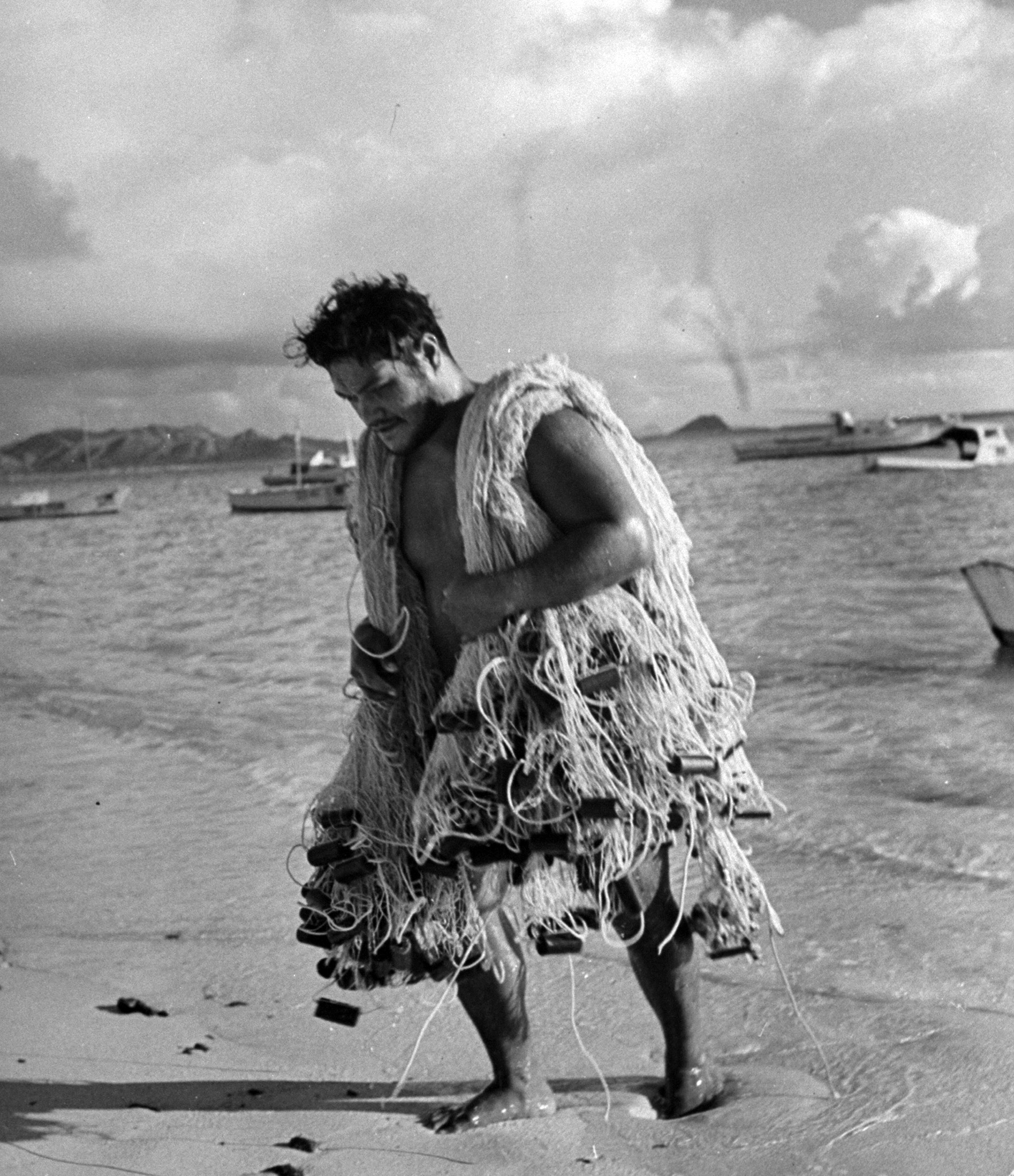
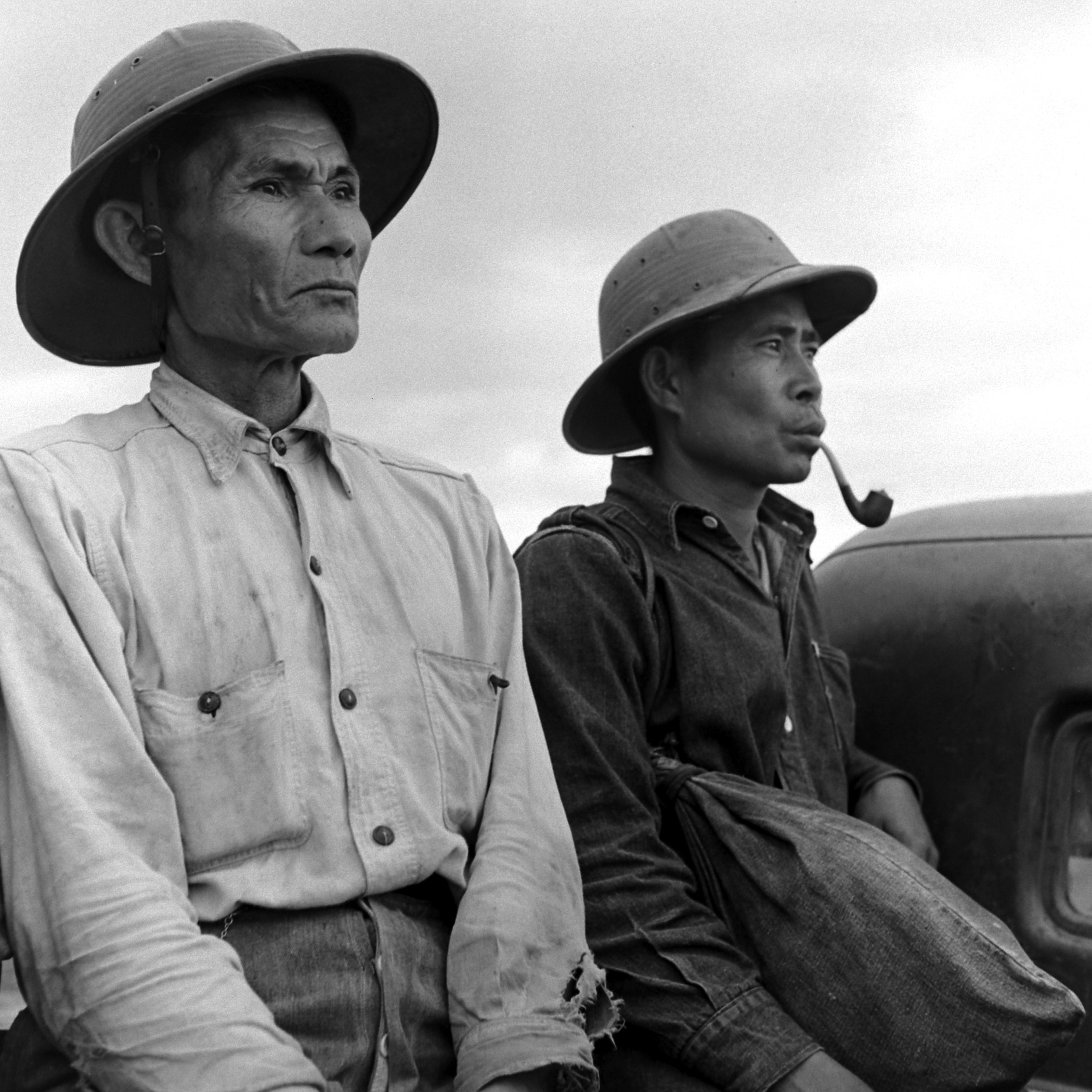
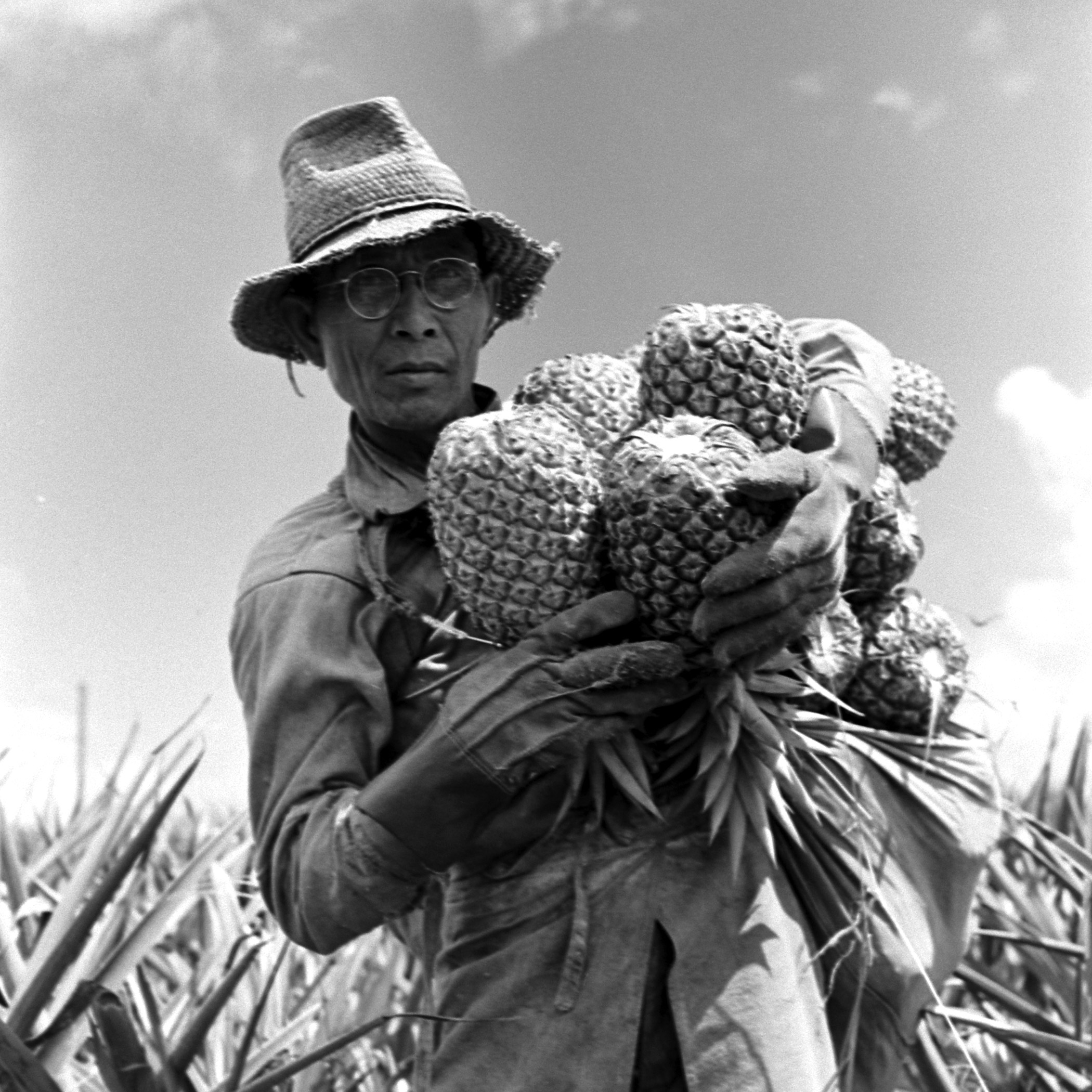
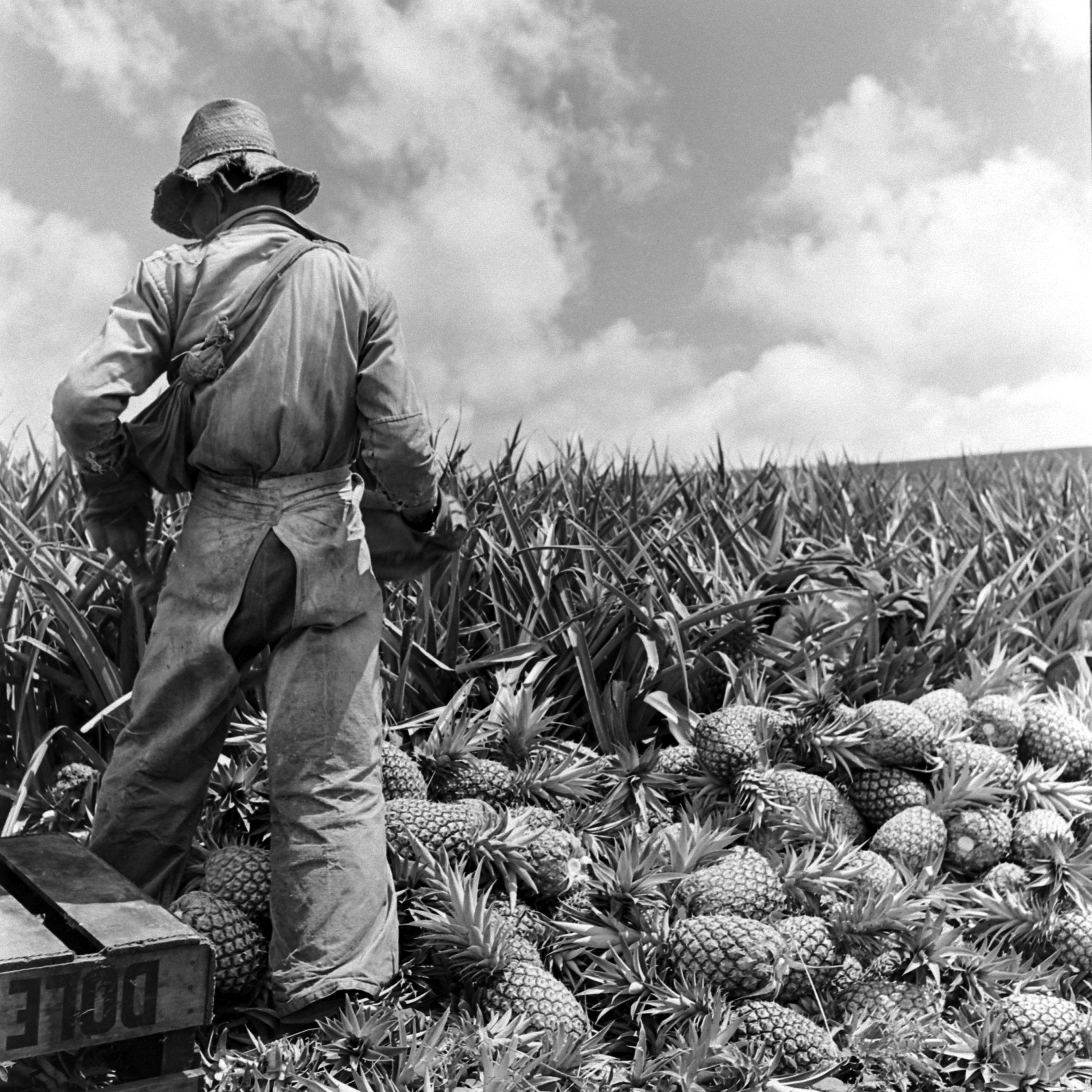
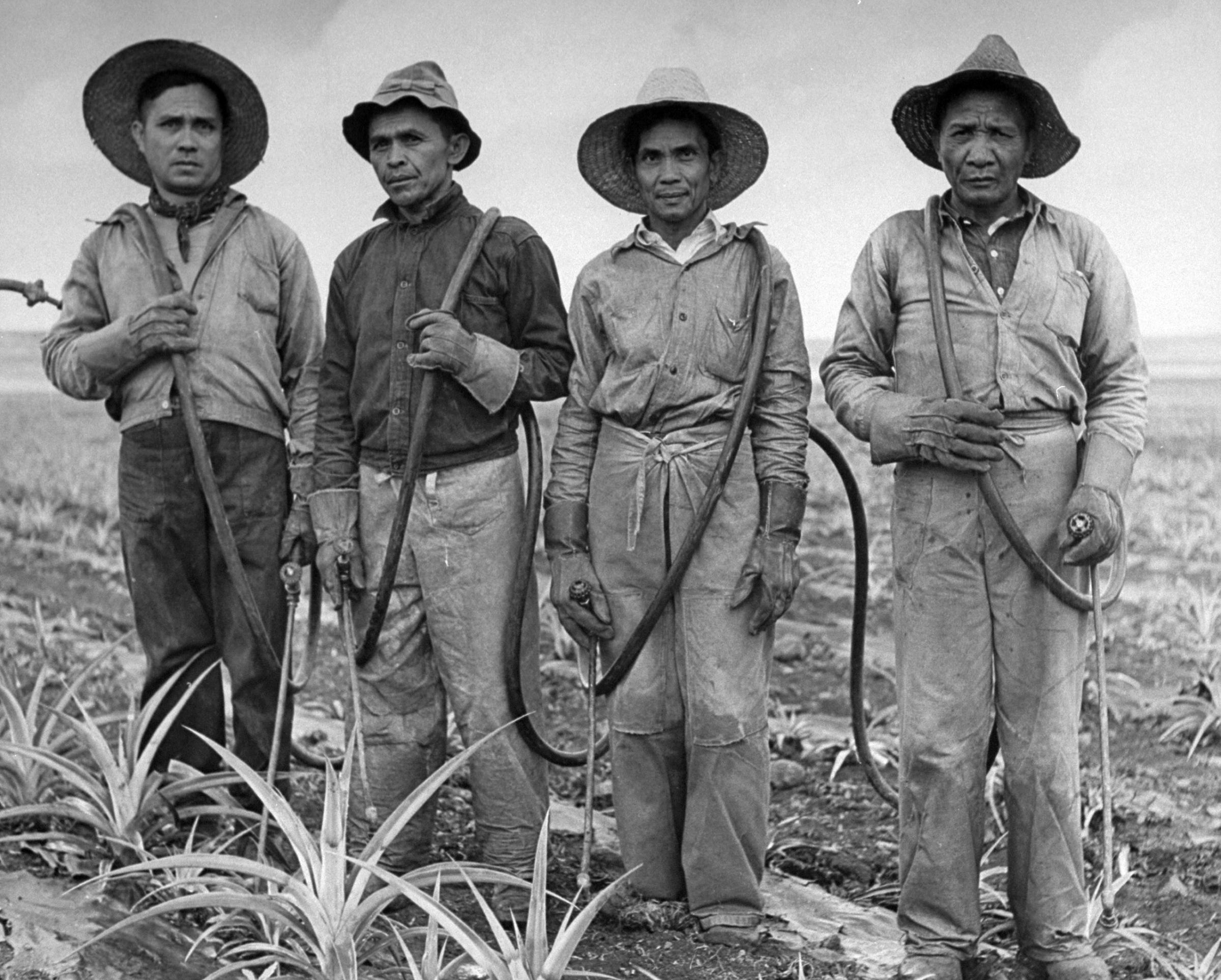
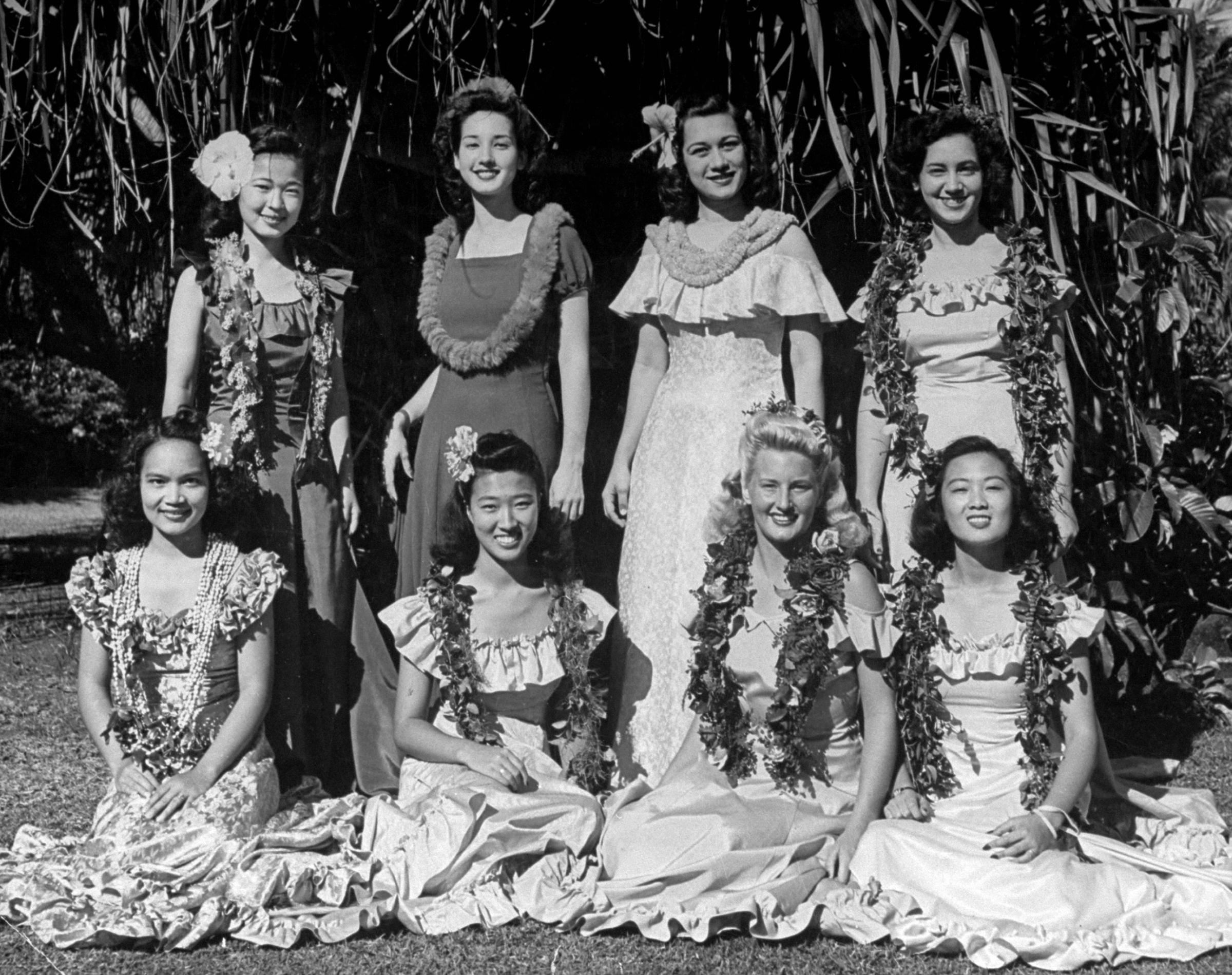

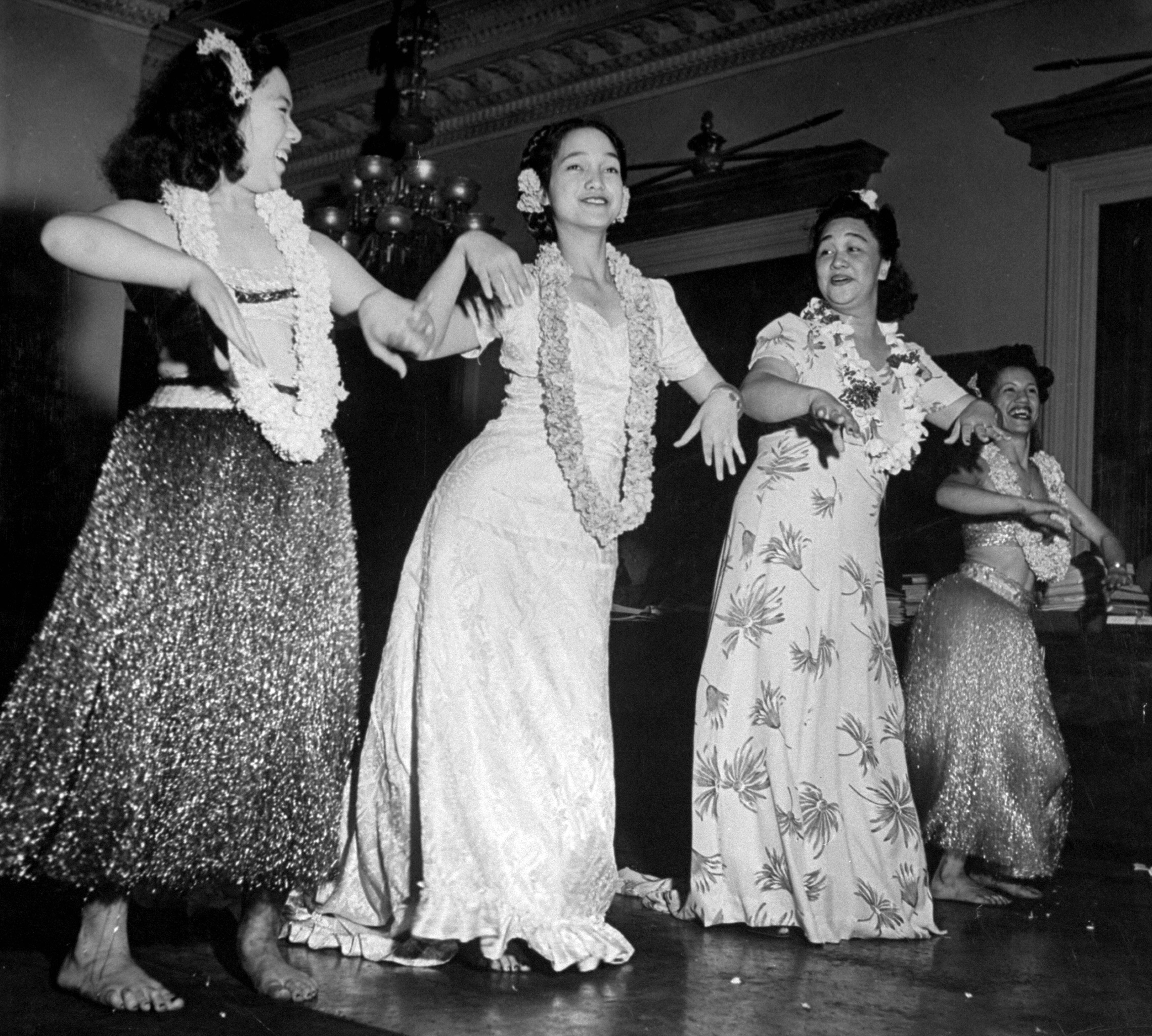
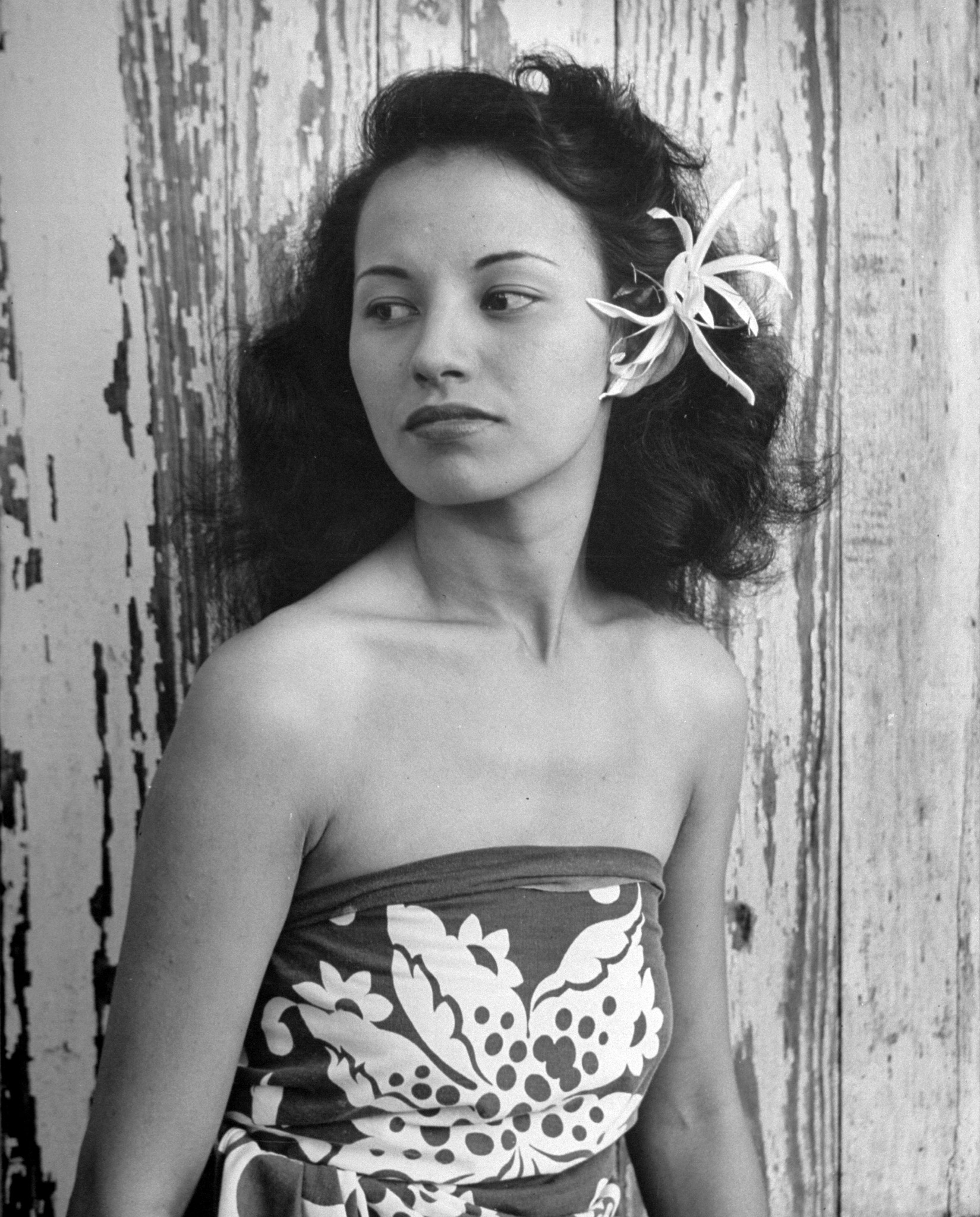
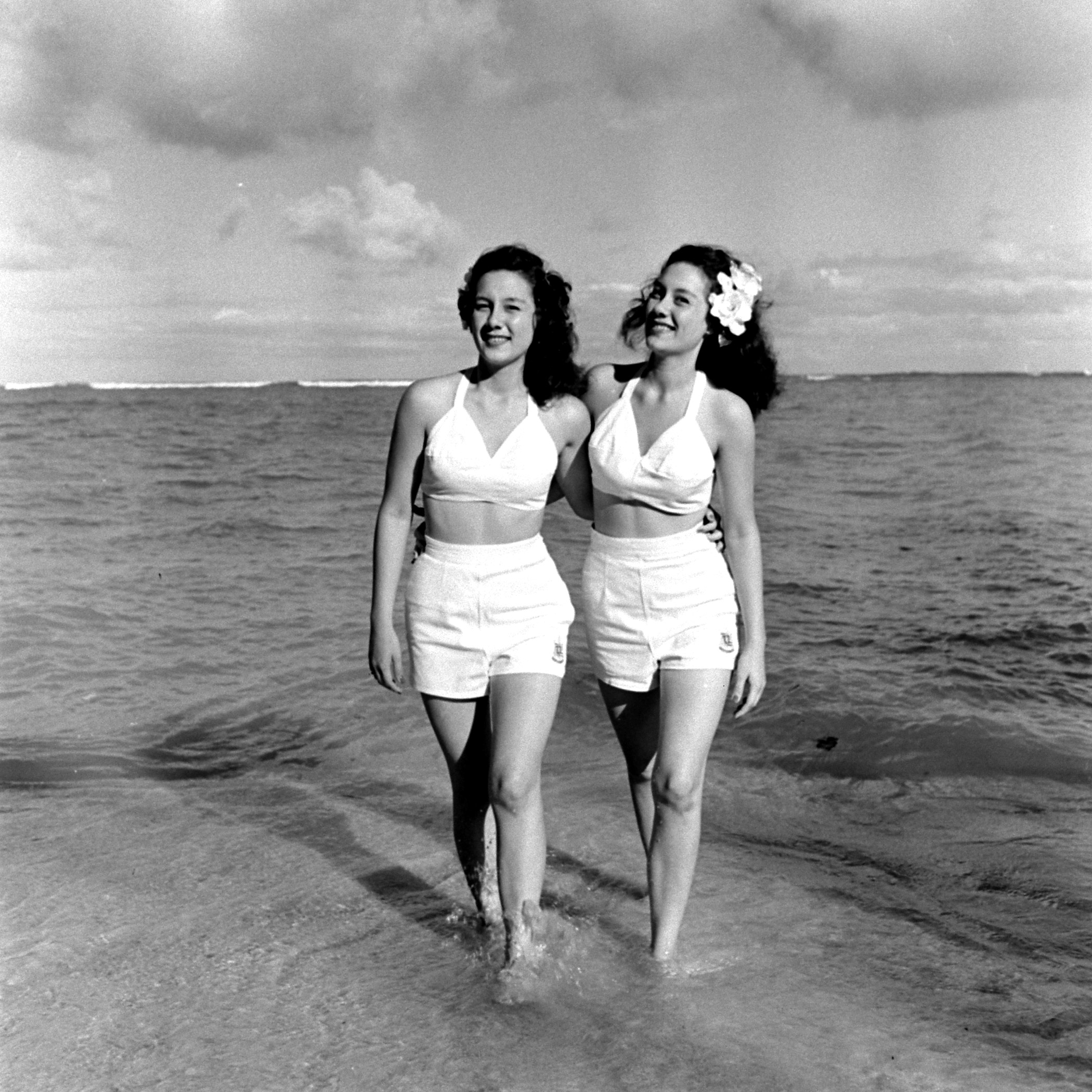
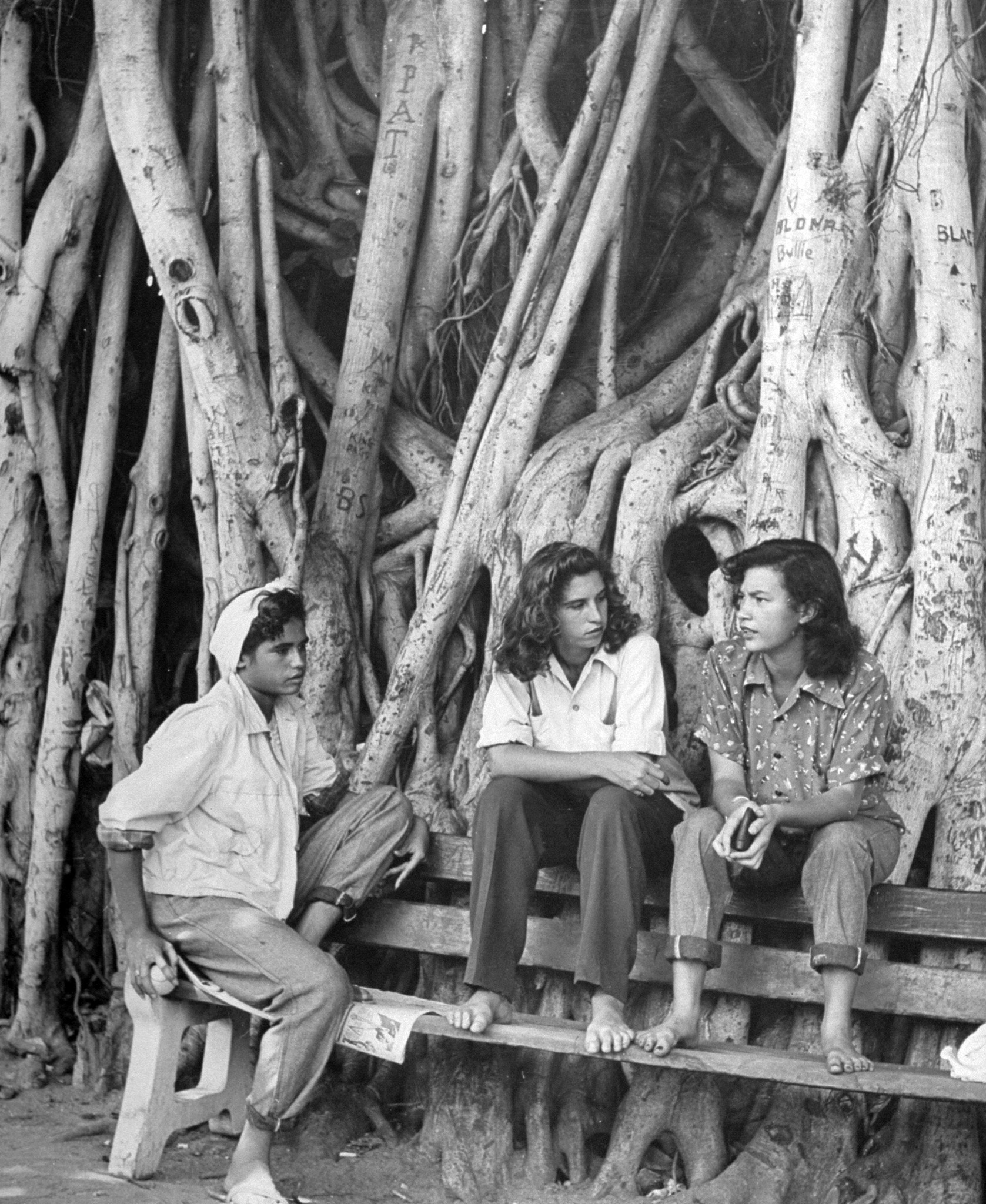
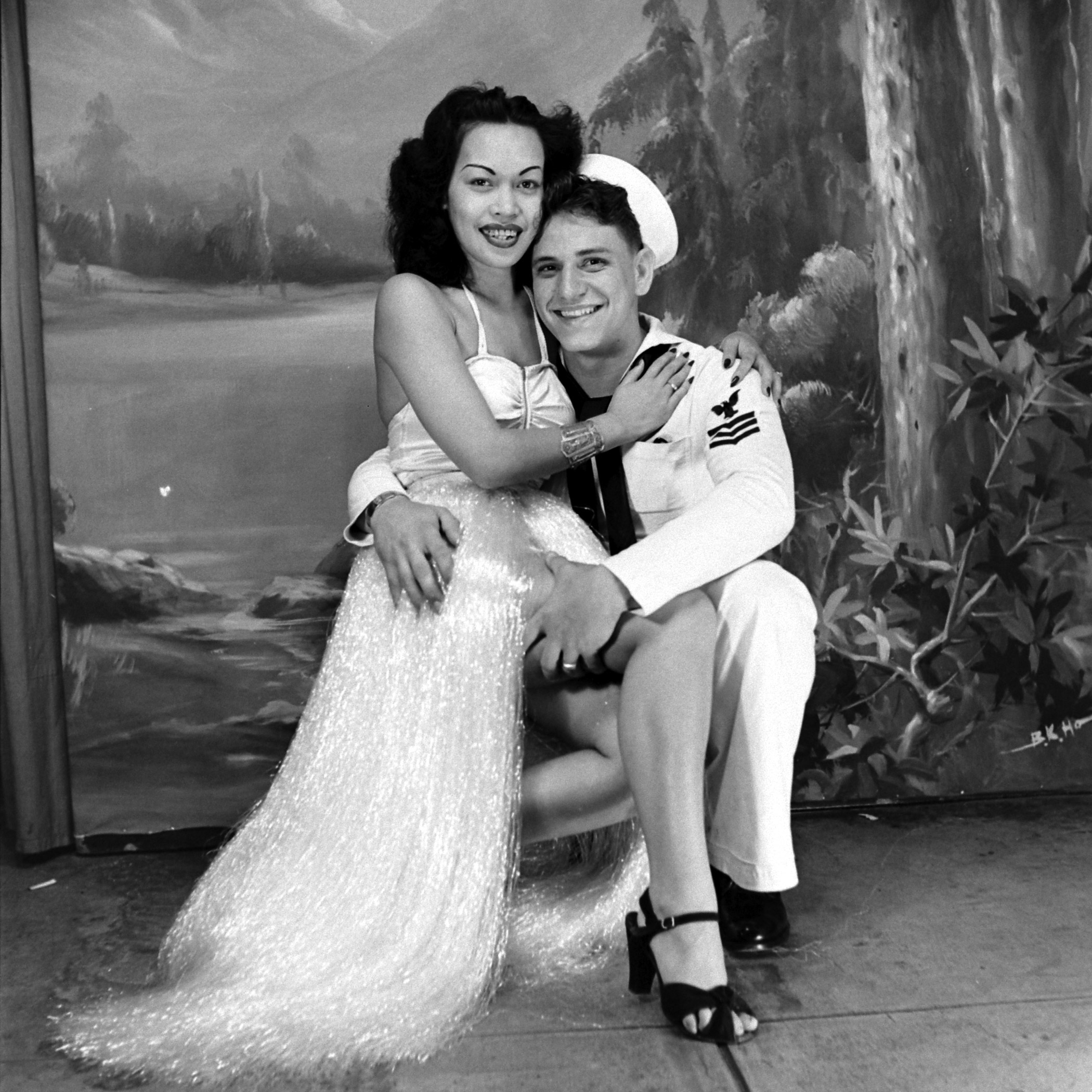
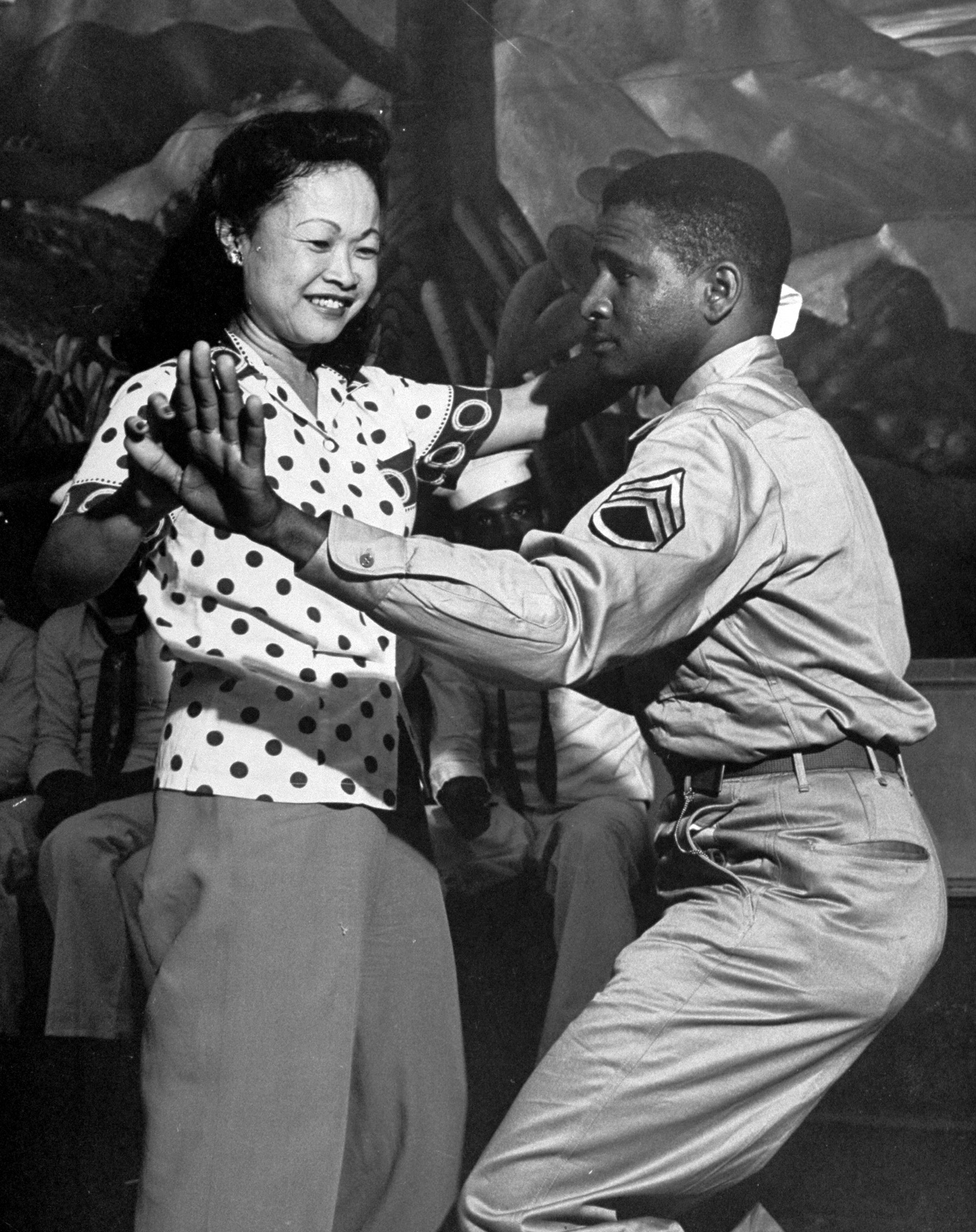
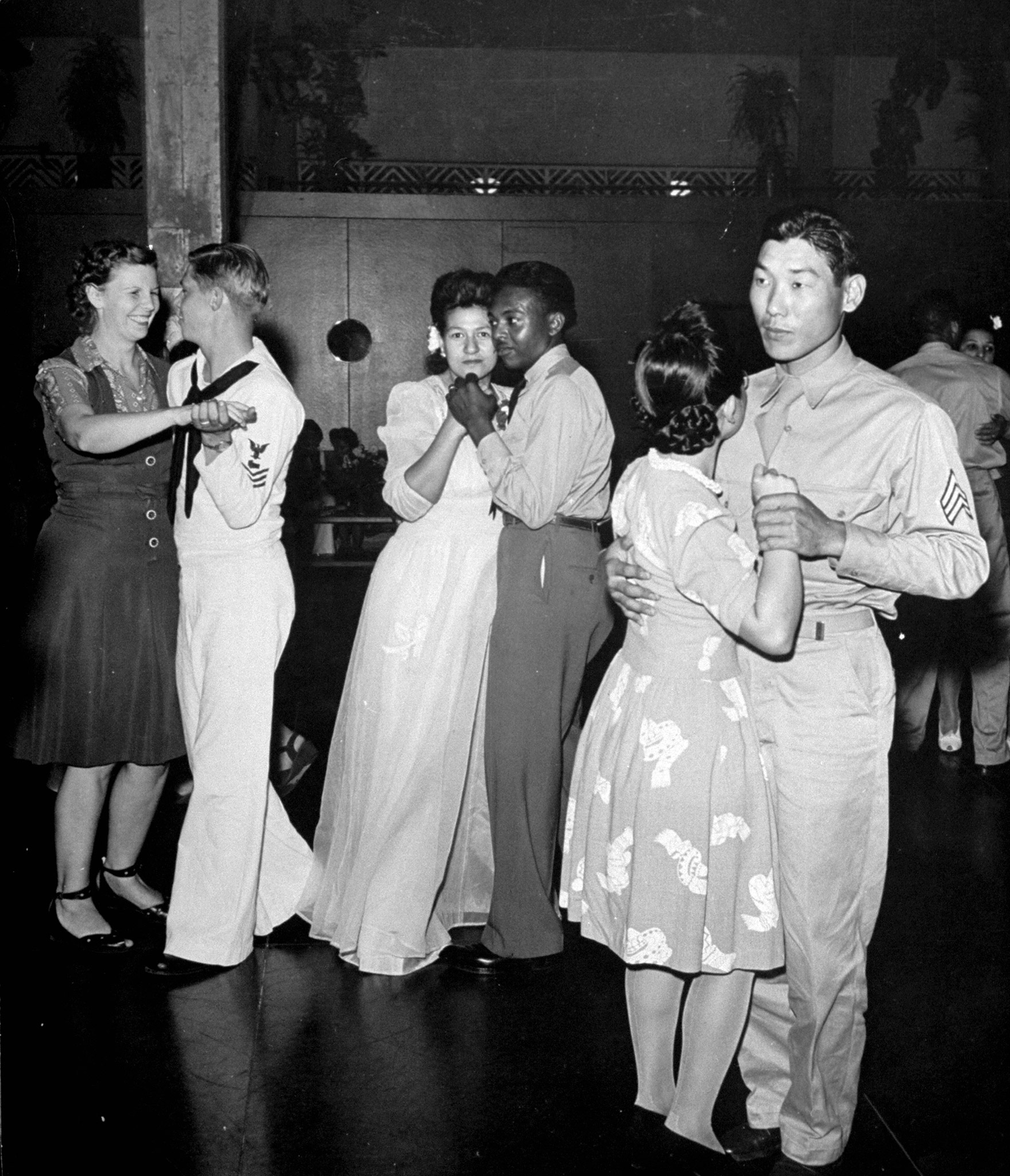
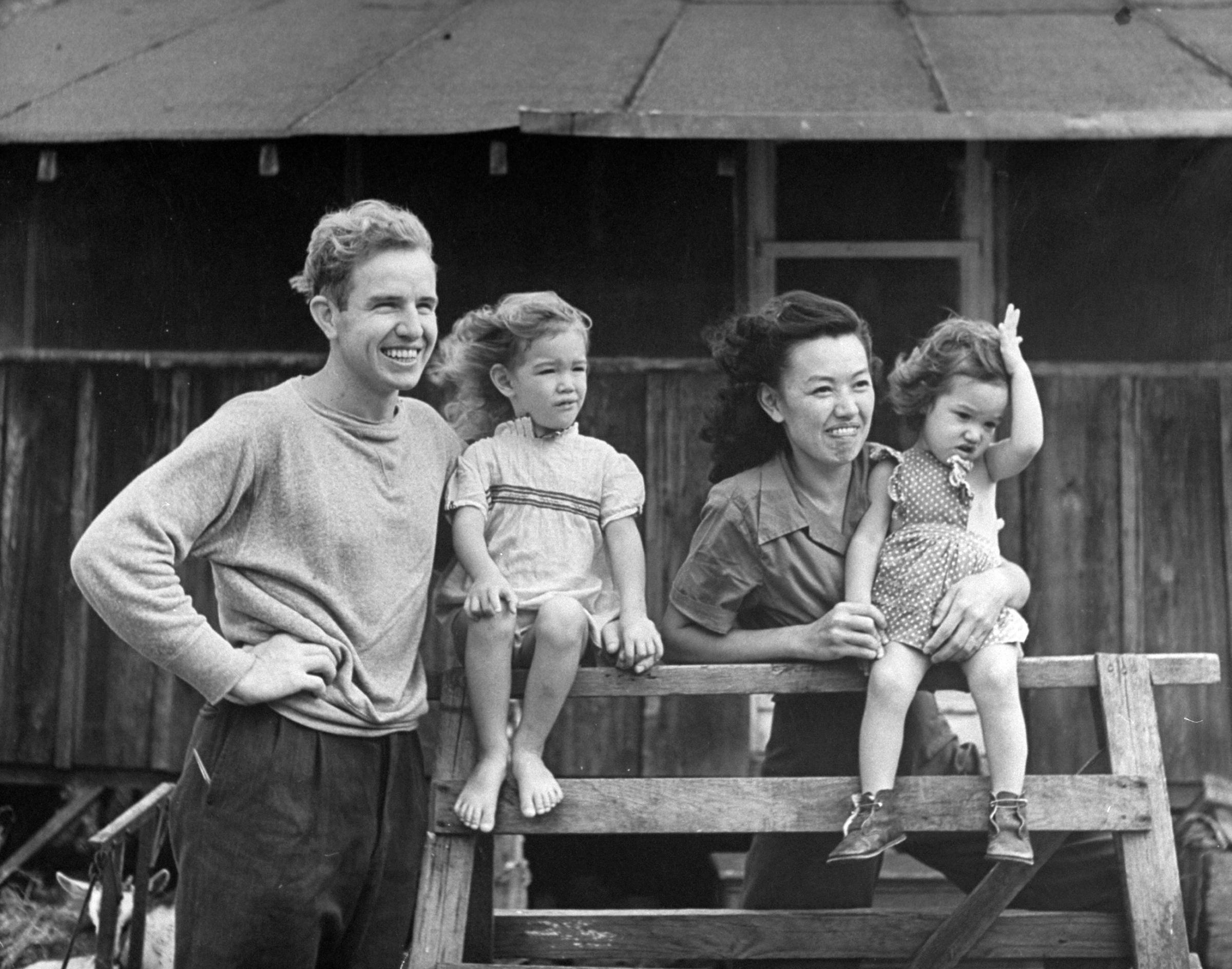
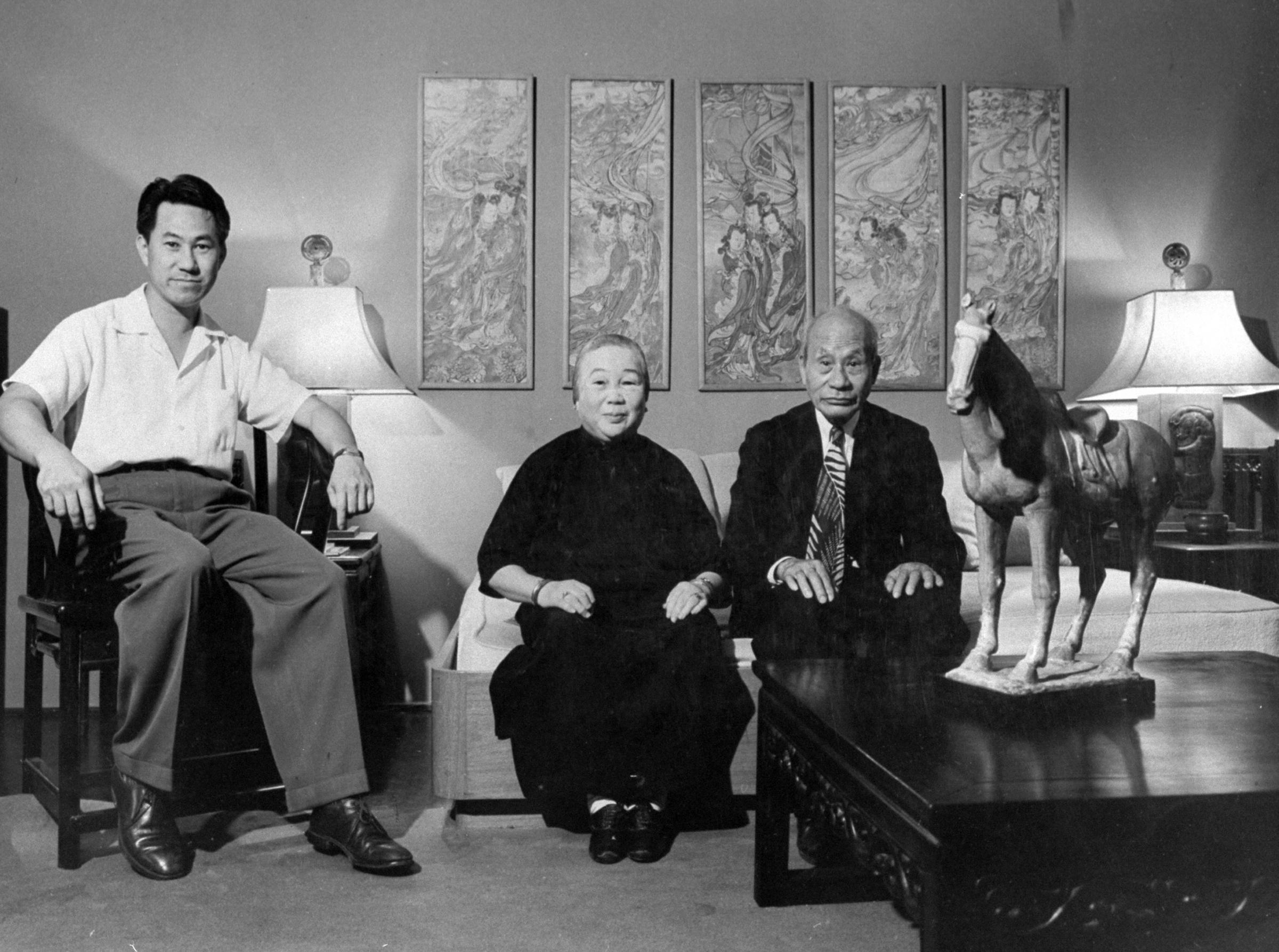
More Must-Reads From TIME
- The 100 Most Influential People of 2024
- The Revolution of Yulia Navalnaya
- 6 Compliments That Land Every Time
- What's the Deal With the Bitcoin Halving?
- If You're Dating Right Now , You're Brave: Column
- The AI That Could Heal a Divided Internet
- Fallout Is a Brilliant Model for the Future of Video Game Adaptations
- Want Weekly Recs on What to Watch, Read, and More? Sign Up for Worth Your Time
Contact us at letters@time.com